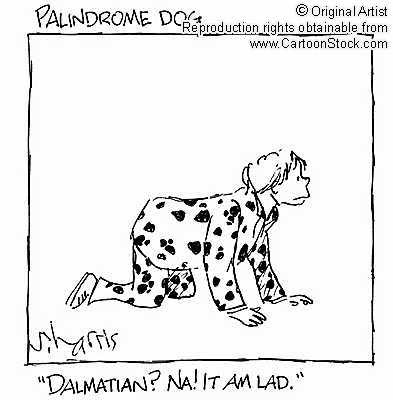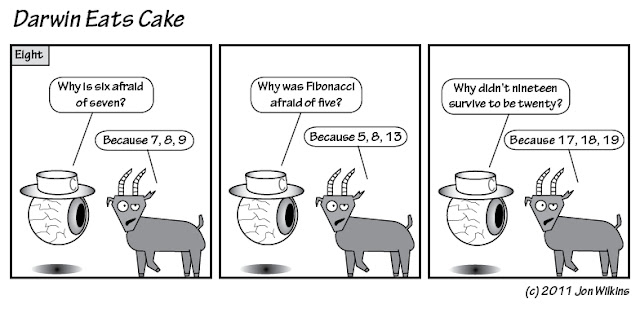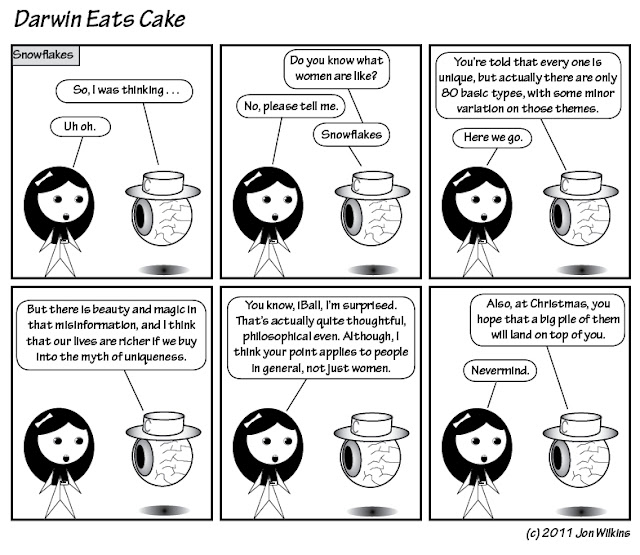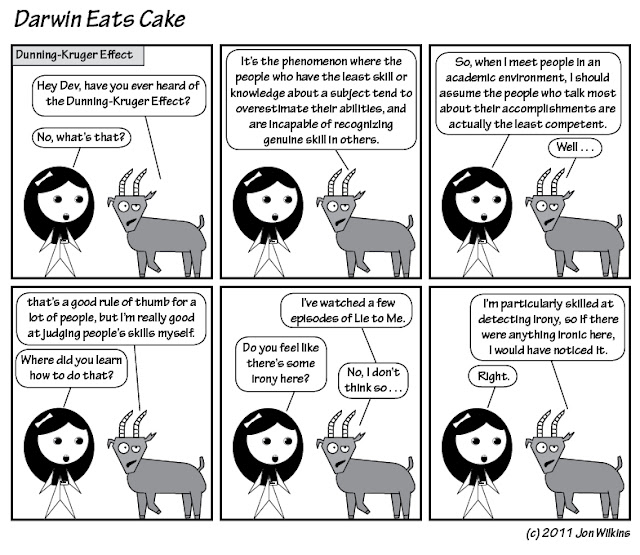So, yesterday (February 27) would have been Kenneth Koch‘s 81st birthday, had he not passed away in 2002. He is among the poets that I find I can always go back to when I grow tired of poetry. He is associated with the “New York School” of the 50s and 60s, which included Frank O’Hara, John Ashberry, and James Schuyler. He is reasonably well known, although not super famous, in part, I think, because he sort of falls in the gap between the two main categories that define contemporary American poetry.
For simplicity, we could call these two categories “high art” and “popular,” although I am sure that more accurate and more descriptive terms exist. On the one hand, much contemporary poetry seems to be written primarily for consumption by other poets. It grapples with language and imagery in a way that is often self-consciously designed to challenge the reader. Typically, unless you read a lot of poetry, this work tends not to be a lot of fun, and it can be hard to distinguish between good and bad versions of it.
On the other hand, we have poetry that is self-consciously aimed at a popular audience, maybe people who haven’t read a poem since high school. This work tends to be playful with language, reveling in rhyming or puns, and is accessible on a first read (Maya Angelou or Billy Collins would be examples). These poets tend not to be valued highly by academics and poets (typically the same people), in part because these poems tend to give you everything they have on that first reading, yielding little additional satisfaction on rereading.
Koch’s poetry is part of a movement that was deliberately reacting against the dense, highly referential poetry of, say, Eliot, and trying to recapture the playfulness of language. In this sense, he is a progenitor of the contemporary popular strain of American poetry. On the other hand, he was often motivated by very artsy, high-culture things, like abstract expressionist painting (which was still high art in the 1950s) and music.
To my mind, this position, straddling popular and high art, is an admirable place to aim for. The ideal poem would be one that welcomes the reader with something that is broadly accessible, whether sound or humor or imagery. At the same time, there should be layers that nag at the reader, encouraging them to return to the poem, and giving them a glimpse of something new on each read.
What I love most about Koch, however, is his emotional stance. Probably ninety percent of the poetry in the world is either about poetry, or about being sad or mistreated. At least half of it is about being a sad or mistreated poet. Throughout his career, Koch kept returning to the project of writing poems about happiness. This is a dangerous thing to do, because you set the bar higher for yourself when you write about being happy. You especially open yourself up to being criticized for sentimentality when you dare to write about simple, universal sources of happiness, like having your wife sit on your lap. But again and again, in my opinion, at least, he set himself a high happy-poem bar and then cleared it.
In honor of Koch’s birthday, and the example he set both for how to live a happy life and how to write poetry about it, I wanted to share this poem of mine from Transistor Rodeo. It is a pseudo-sestina prompted by a passage in Koch’s poem “Days and Nights.” The sestina form consists of six six-line stanzas that use the same six end words. The end words occur in a prescribed order in each stanza. The poem ends with a three-line stanza that also contains these six words. In this pseudo-sestina, I have followed the canonical pattern in terms of the order in which the six words are used, but have used a different transformation rule on each word to introduce variation each time it comes up. Only the word “dream” is repeated in the standard way.











